
With YouTube TV and DirecTV Now starting at $40/month, and others like Sling TV offering an eye-catching $25/month plan, streaming cable services may sound like a great way to cut costs while cutting the cord. But when you look at all the factors, the price you pay may very well end up being just as high as your traditional cable bill — if not more.
Nowadays, an internet connection is a must. So if you're already paying for that, why pay for a full content delivery system (in the form of traditional cable) that typically includes a separate connection to the outside world? With streaming cable, you're just paying for the content, not the network, so you stand to save a good chunk of money, right? As you'll see below, that's not always the case.
Hidden Cost #1: High-Speed Internet
The first hidden cost to be aware of with streaming cable is the strength of your internet connection. YouTube TV recommends at least a 13 Mbps internet connection, and that's with Google's super-fast servers and efficient encoding, so other streaming services may recommend higher bandwidth. That's for one stream, so if you're shopping for cable service for a family, you'll need even more bandwidth when the kids are watching TV upstairs and you're watching downstairs.
This means you'll need a broadband internet connection to get the best results. If you're currently on a DSL connection and that's working fine with you, sorry, you'll have to accept a higher monthly internet bill. According to Point Topic, the median cost of a broadband internet connection in the US was $80 in 2017.
Let's assume you're just upgrading your internet connection to get better quality with streaming cable. So the full $80 wouldn't be a hidden cost, just the difference between your current internet bill and the broadband connection. The average DSL connection ranges from $50–$60 per month — we'll go with $60 just in case, which means these streaming services will still cost an additional $20/month for many users just to upgrade their internet connection.
Hidden Cost #2: No Bundling
Here's where things start to get a little complicated. Chances are, your existing internet service is provided by a company that also offers cable TV service. Such companies always offer a slight discount on cable subscriptions when you bundle them together with internet service.
It's impossible to isolate the actual savings of these bundles, but there's no denying they do offer some cost benefits. If you go with a streaming cable service instead, you'll lose this discount, further narrowing the gap between your current cable bill and what you'd pay for streaming cable plus internet.
Hidden Cost #3: Tiers & Add-Ons
The two hidden costs outlined above start to intersect when you think about the tiers of channels offered by streaming cable services. These plans are designed in a way that lets the streaming cable companies advertise an eye-poppingly low starting price — as such, they aren't really analogous to basic cable plans.
If you're currently a cable subscriber and you (or your family) have grown accustomed to the selection of channels offered through your cable provider, you'll likely need to bump up tiers and pay for several add-ons with your streaming cable service to get the same lineup you're used to.
Let's take Sling TV as an example. Of the five major streaming cable services, they offer the cheapest base tier at $25/month. However, they have two $25 tiers which effectively split their base channel lineup in half. To get both of these channel lineups, you'll need to upgrade to their $40/month plan — but even then, your channel lineup will pale in comparison to traditional cable.
Sling TV offers a set of add-ons that will get you most of the same channels you're used to. These run for $5 apiece ($10 for the sports add-on), but you can bundle four add-ons together for $10 per month (excluding the sports add-on).
So if you want the full "basic cable" lineup, you'll need to purchase the four add-on package and the sports add-on, bumping the bill up from $40/month to $60/month. Even then, you'll still be missing several key channels — combine that with the $20 difference in average internet costs outlined above, and now you're paying $80/month just like you were with traditional cable.

¹ - indicates the difference in price between a standard DSL connection and the average broadband connection, which is recommended for best results with streaming cable services.
Other services, like Hulu with Live TV and YouTube TV, only offer one $40 tier. These are comparable to Sling's Orange + Blue $40 tier with the added benefit that Hulu and Google were more selective about the channels included (i.e., the lineups are more suitable for more people), but the downside is you simply can't get the extra channels.
To be fair, the general public has been clamoring for a la carte cable options for years, and that's exactly what we're getting with streaming cable. If one of the $40 tiers works for you, then you could still save a significant amount of money compared to traditional cable's all-or-nothing approach.
Hidden Cost #4: Networks Resisting Streaming
Finally, let's talk about price creep. Hulu with Live TV and DirecTV Now are still too new to have experienced this, but there's a trend among the more mature streaming cable services. Sling TV's base plan was $20 last year, YouTube TV's was $35, and PlayStation Vue used to cost $30 at a minimum. All of these prices have risen by at least $5/month recently.
The main culprit behind these price increases is channel selection. At launch, many networks simply didn't offer their content on standalone streaming services. Now that they do, each streaming cable provider has added more channels to their base tier, and simple economics tells us this costs more.
As more channels become available over the internet, streaming cable prices will continue to rise. Then there's another wrinkle: Many networks are owned by traditional cable providers who may not want to negotiate in good faith with a competing product in the form of streaming cable. For example, YouTube TV could end up paying more for NBCUniversal content (NBC, SyFy, USA, and Bravo, to name a few) than Xfinity would, especially when you consider that Comcast owns both.
It's Not All Bad
Okay, so streaming cable may not be as cheap as it seems on the surface — but it's still far from a bad deal. Personally, I've been using these services for the last three years, and I've saved an average of $50/month over my old cable bill (about $1,800 total). That's because I had DirecTV with a separate broadband connection to begin with, so I didn't incur any additional internet costs or lose bundling discounts when I ditched the satellite. I'm also totally fine with losing some channels because all of my key networks are available on streaming cable's base tiers.
If you're in a similar boat, streaming cable could very well be the most cost-effective option for you. The point of this article wasn't to make a hit piece on streaming cable, but instead, to point out that it's not always the cheaper solution, depending on your usage. But in the end, the fact that we have more options is a good thing for us as consumers, regardless of where you're getting your content from.
This article was produced during Gadget Hacks' annual Movies & TV on Mobile special coverage. Read all of the Movies & TV on Mobile coverage.
- Follow Gadget Hacks on Pinterest, Reddit, Twitter, YouTube, and Flipboard
- Sign up for Gadget Hacks' daily newsletter or weekly Android and iOS updates
- Follow WonderHowTo on Facebook, Twitter, Pinterest, and Flipboard
Cover image and screenshots by Dallas Thomas/Gadget Hacks







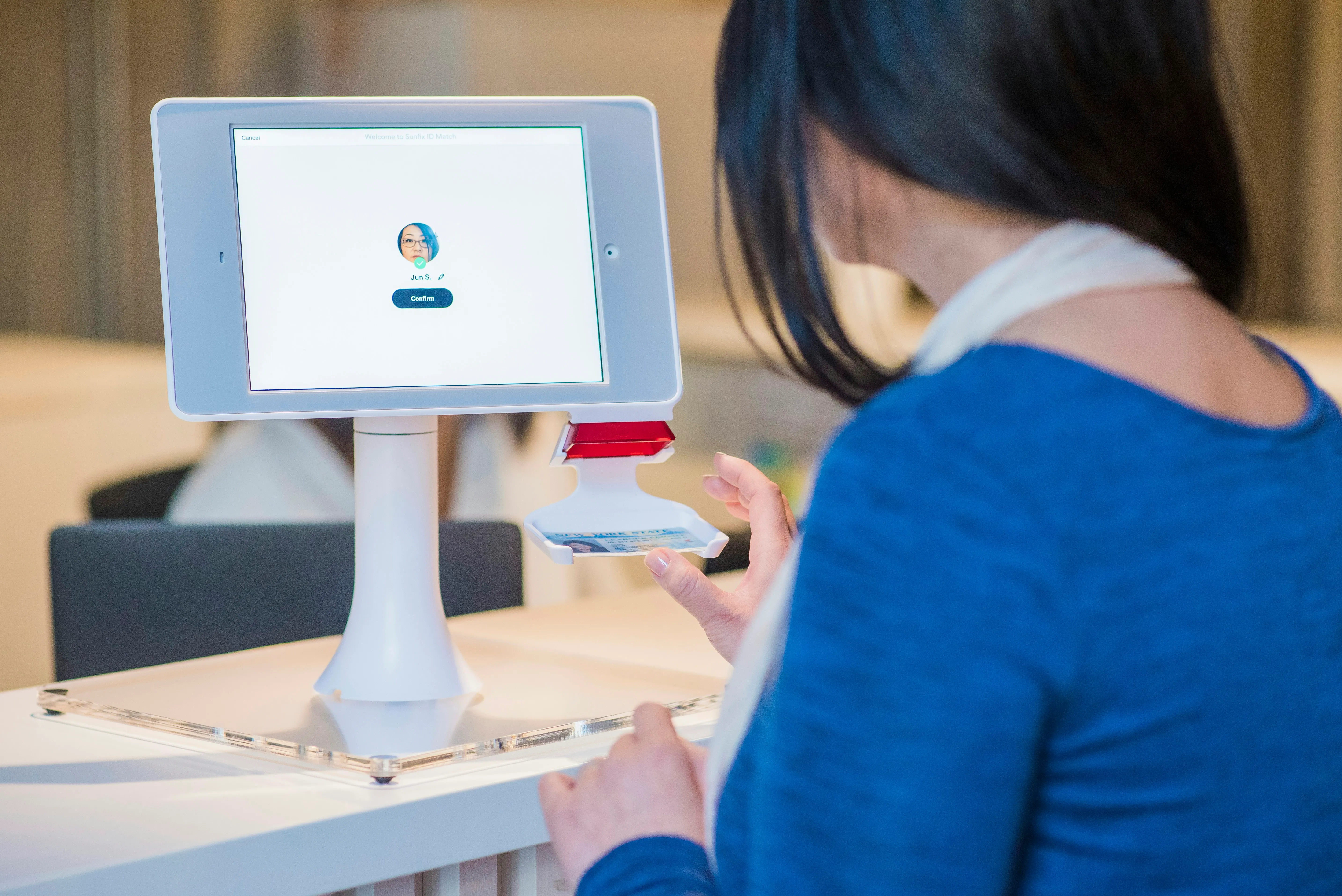


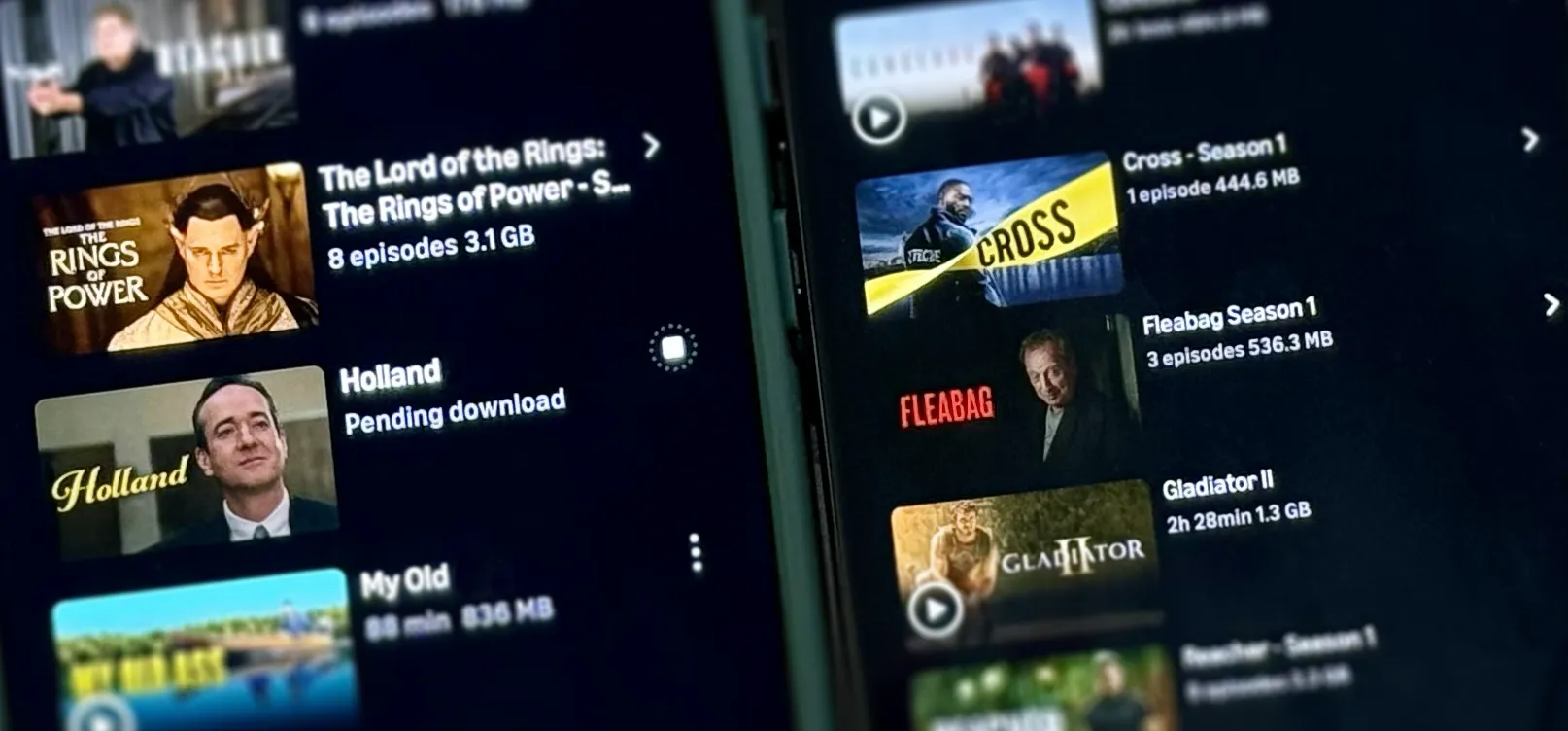

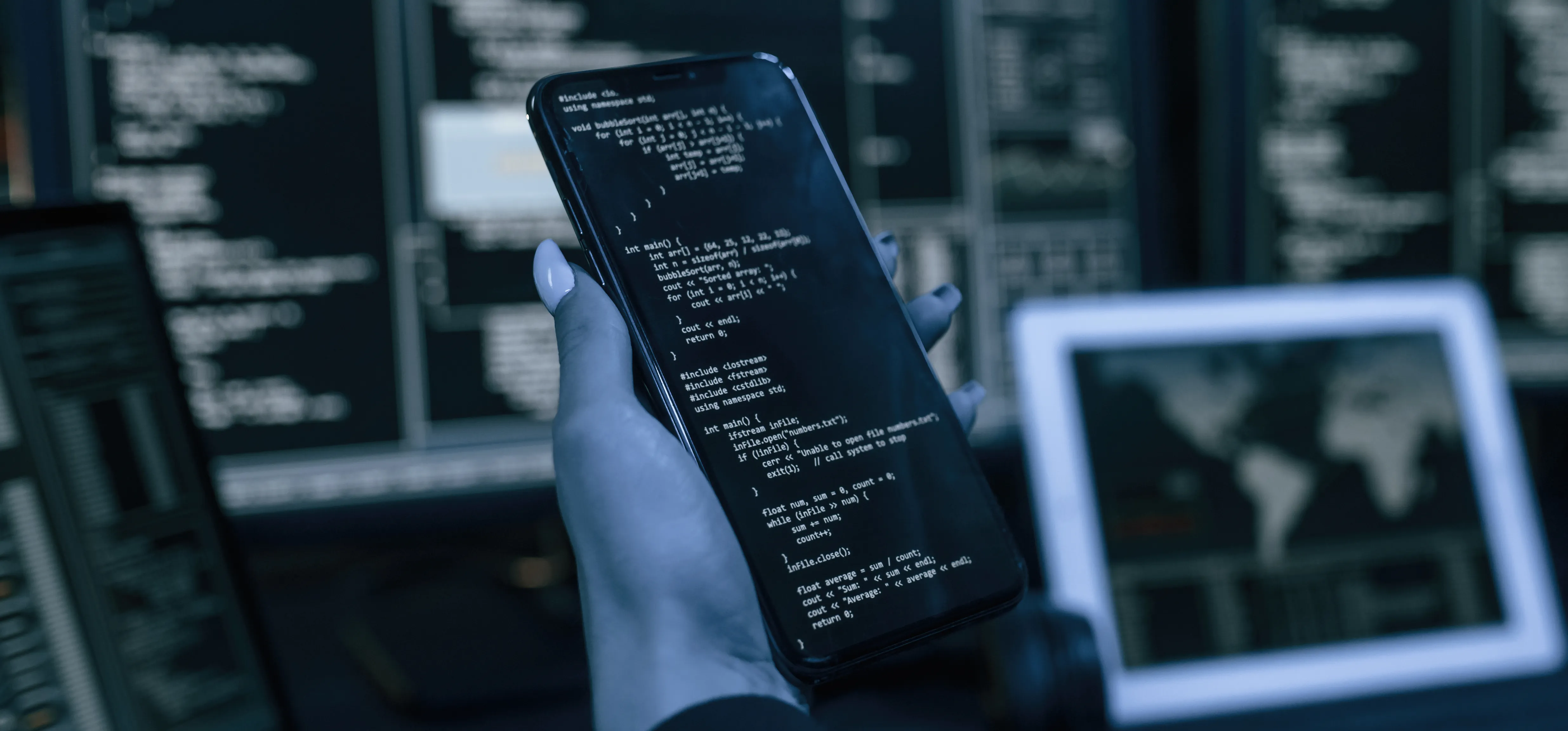
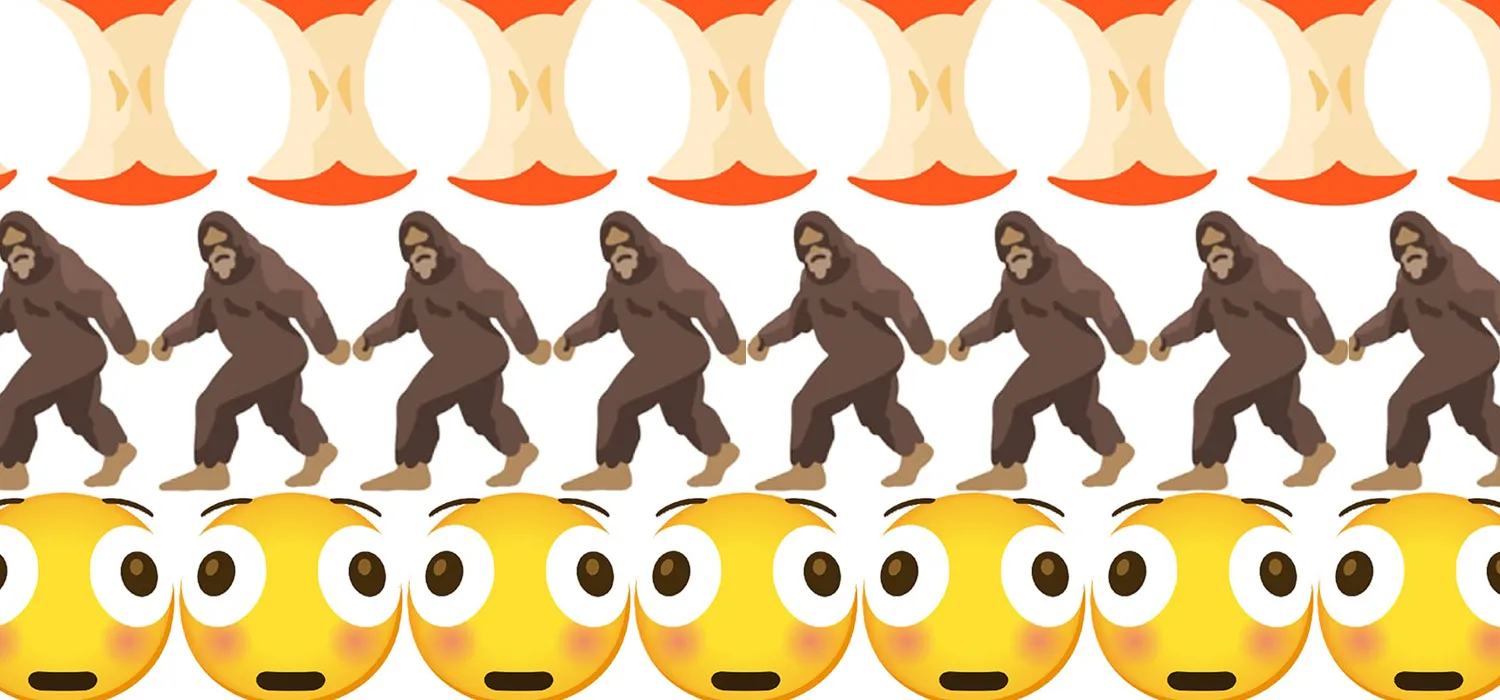
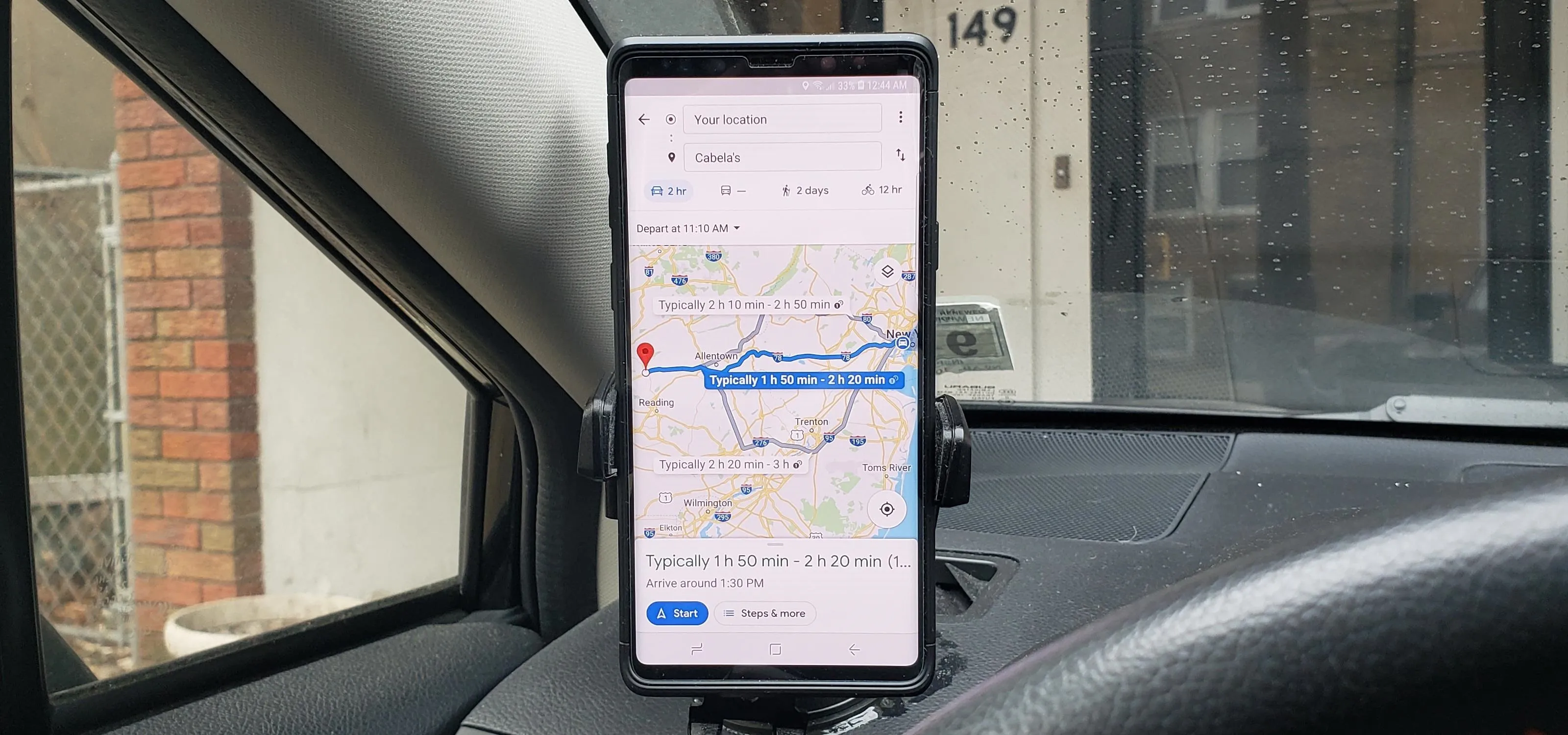


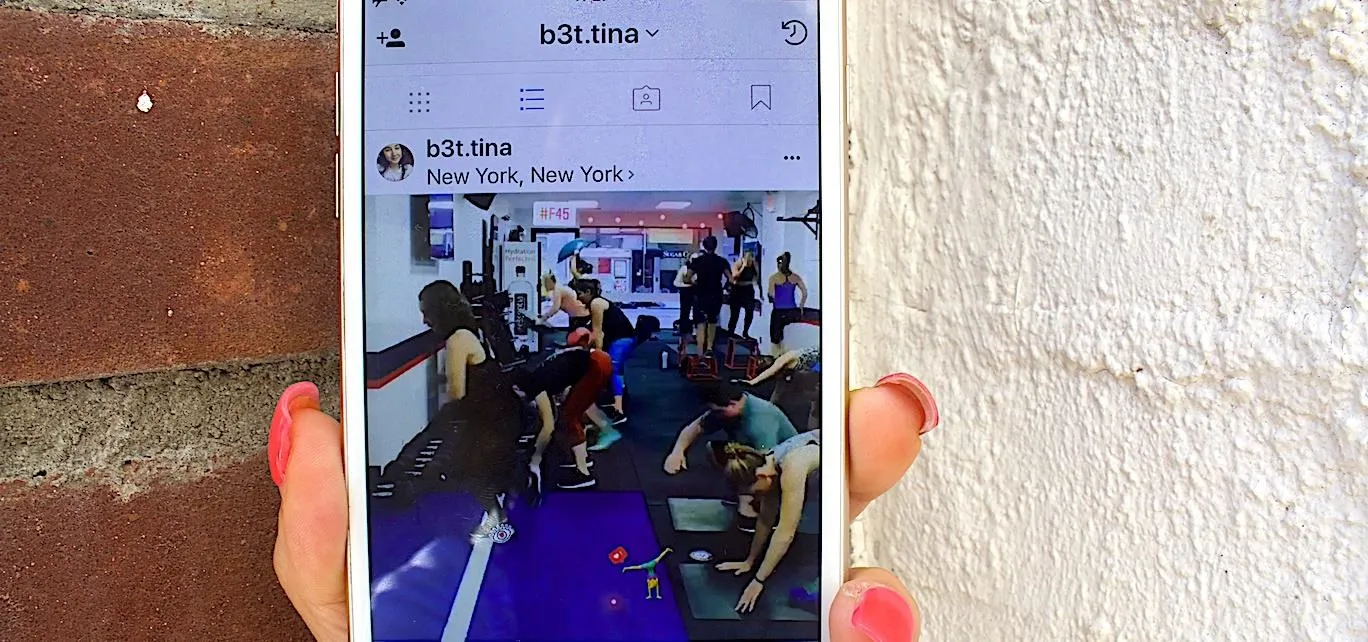


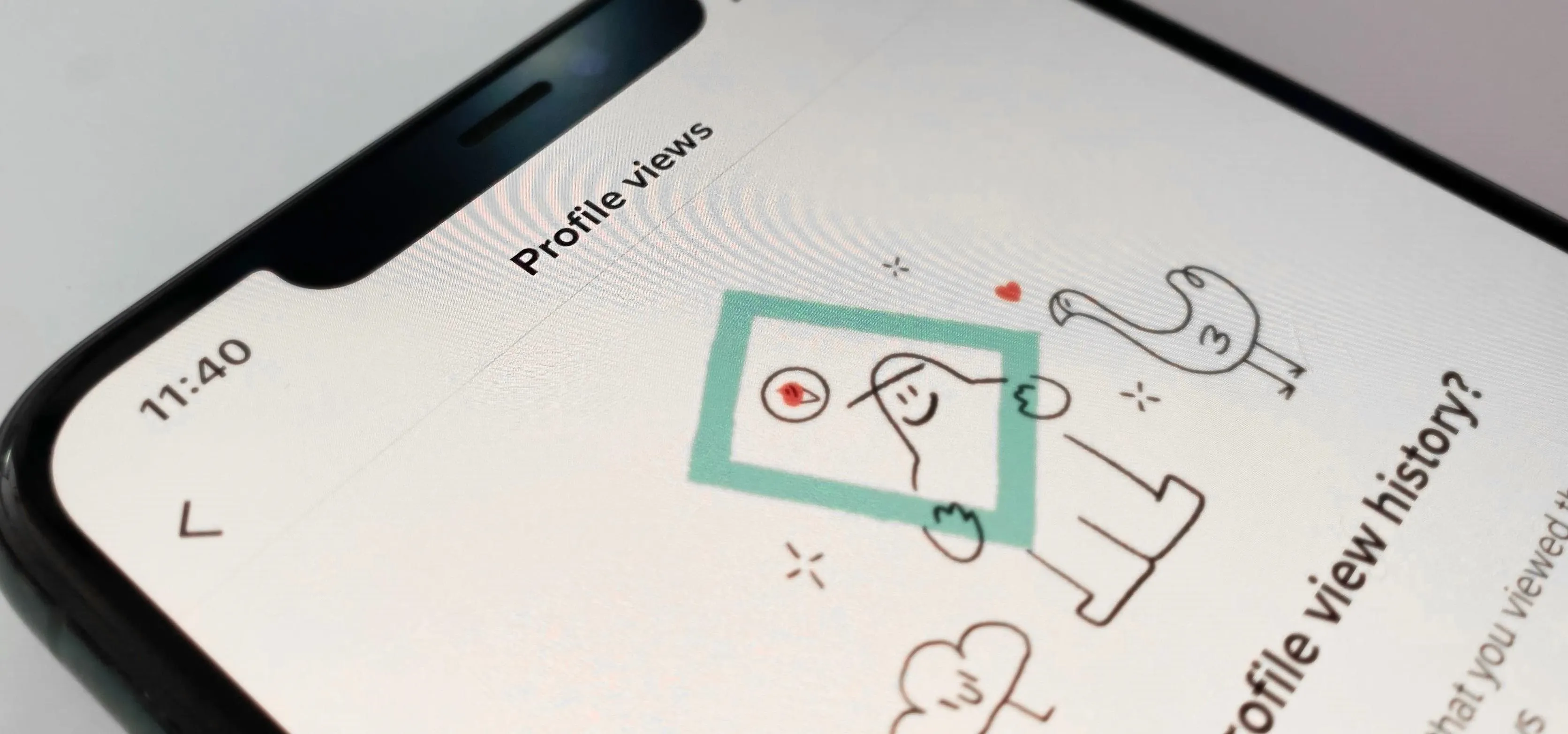

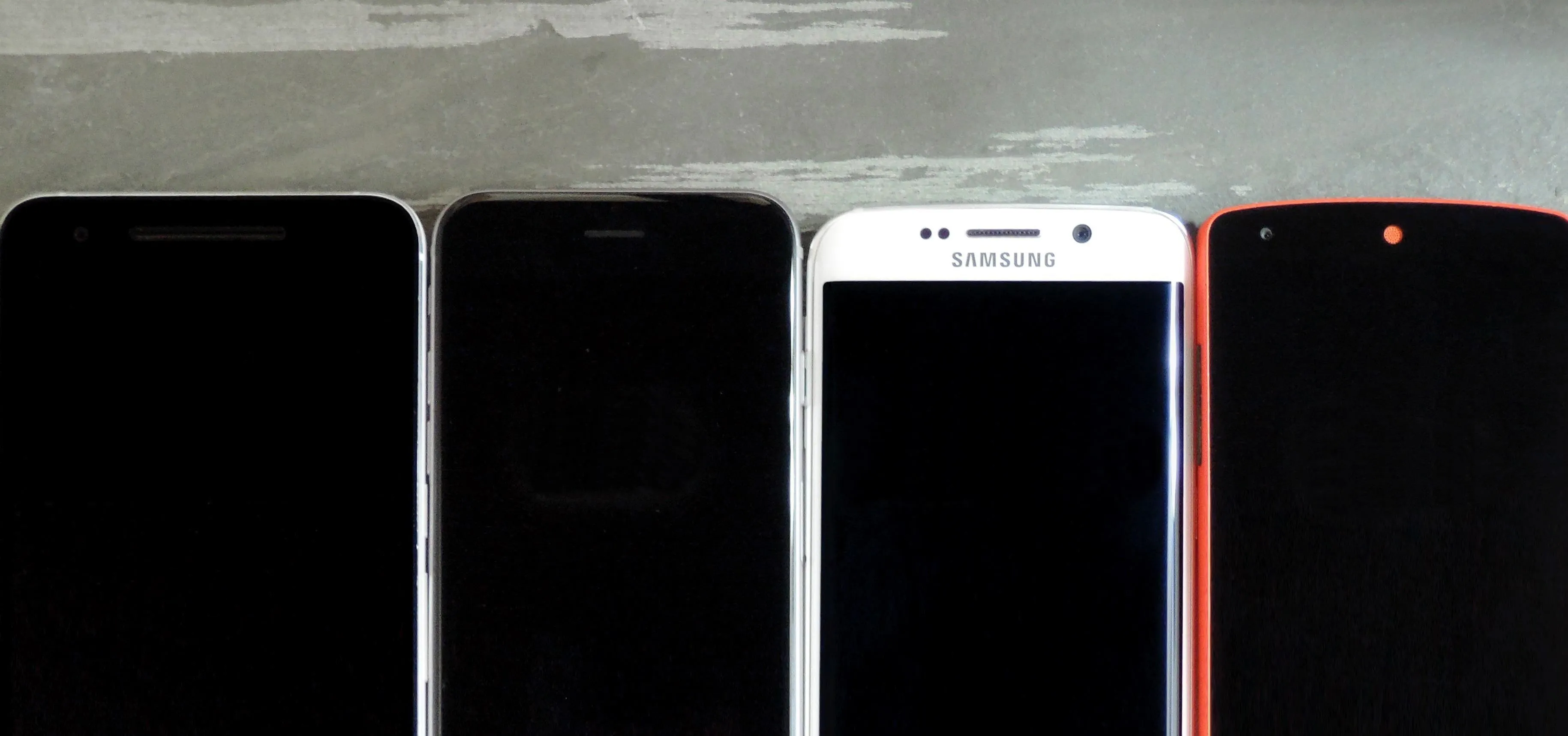

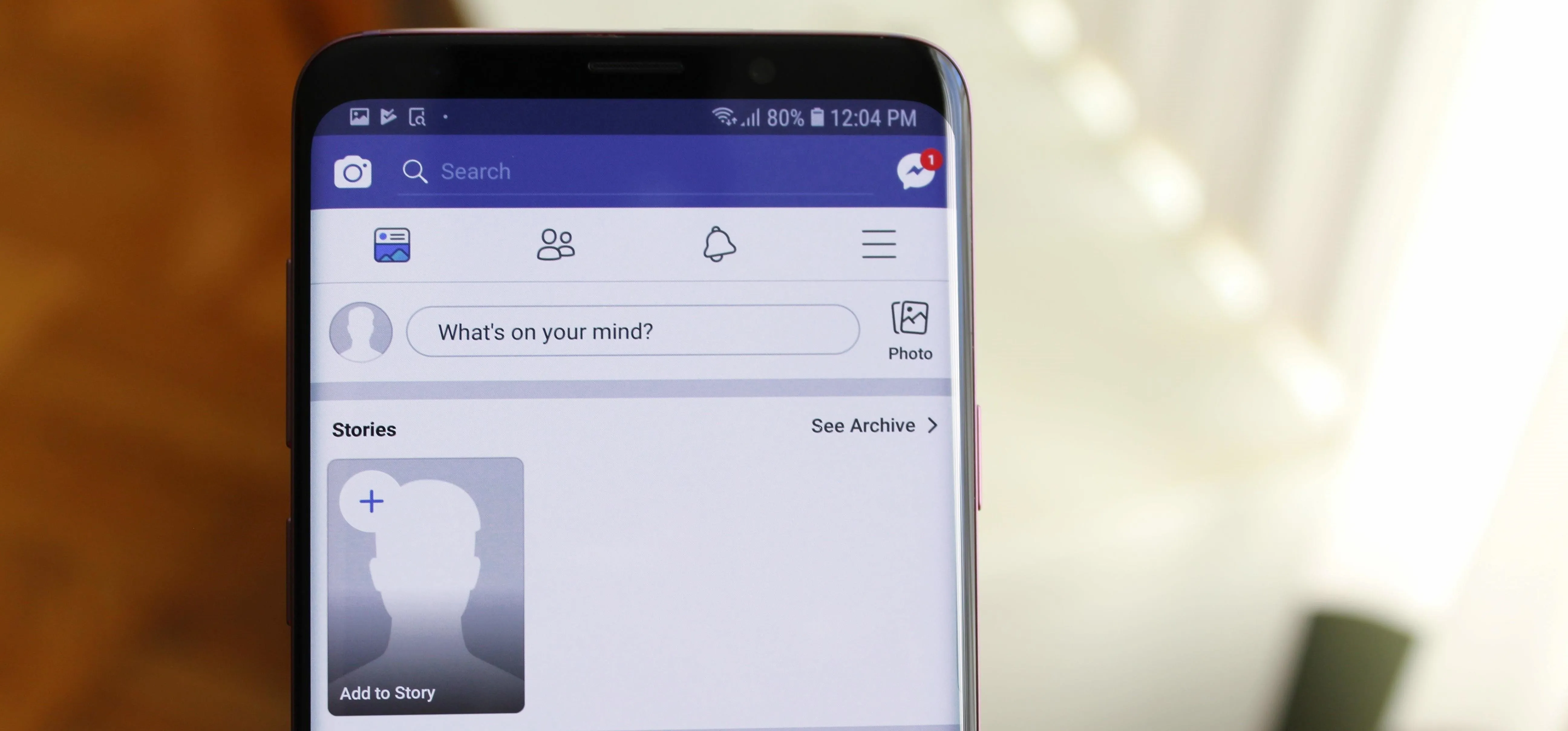
Comments
Be the first, drop a comment!